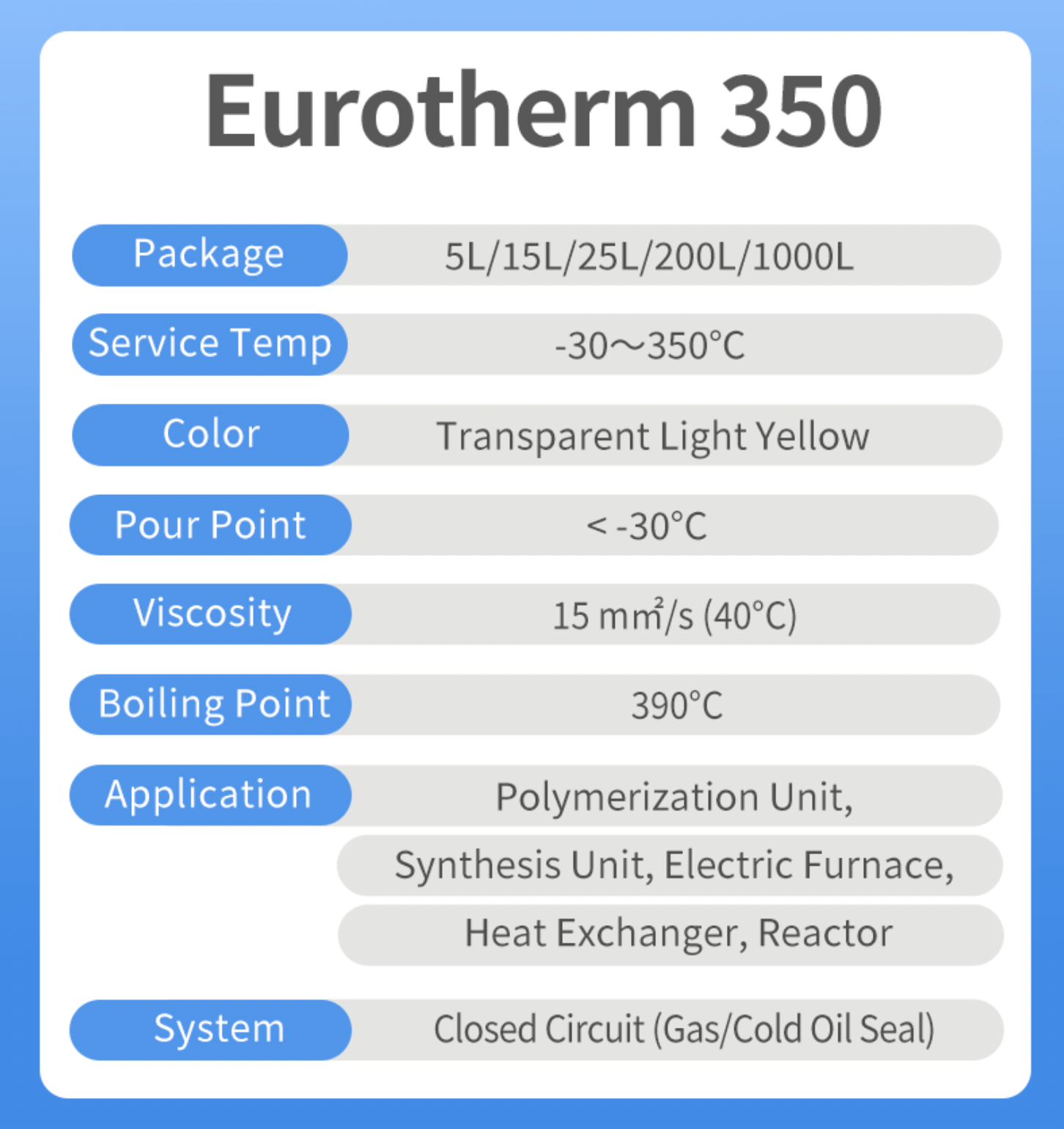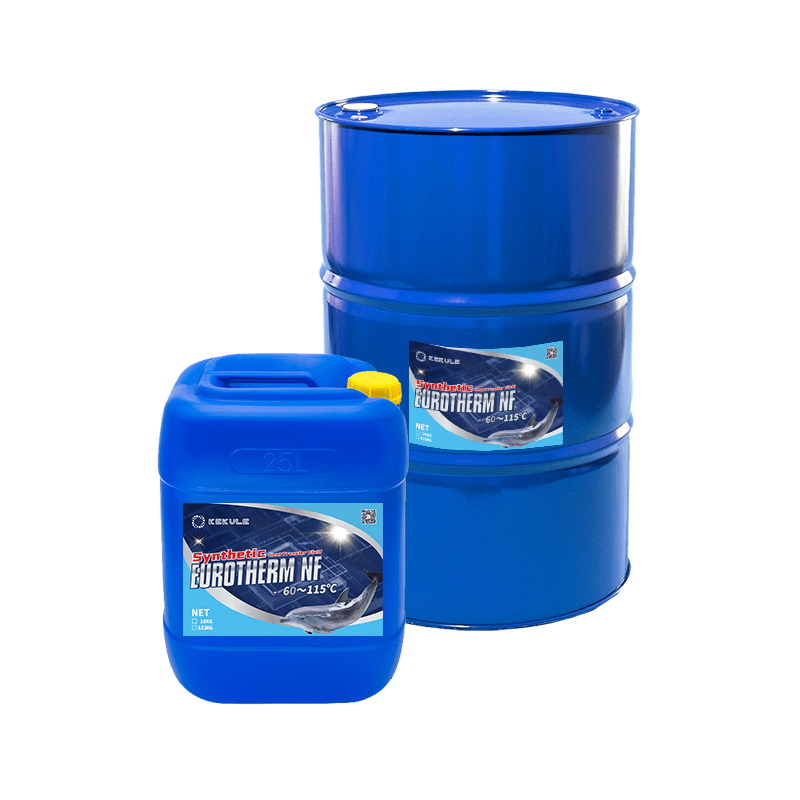Our Chemie Diaries
Table of ContentsUnknown Facts About Chemie4 Easy Facts About Chemie ShownThe Ultimate Guide To ChemieChemie Things To Know Before You Get ThisAll about ChemieChemie - An Overview
(https://filesharingtalk.com/members/608609-chemie999)Calculated adjustment in electrical conductivity of liquid examples as a function of time when stirred with the material example in the closed indirect cooling loophole experiment. Figure 6 shows the change in the measured electric conductivity of the fluid examples when stirred with the resin example. The conductivity of the water sample from the shut loop experiment reduced by around 70% from 11.77 S/cm to 3.32 S/cm in 6 hours.These results indicated that the capability of the material depends upon the examination fluid utilized for the experiment. This reveals that different ions existing in the fluid will certainly result in different ion exchange capability of the fluid. Computing the ion exchange resin capacity with the fluid example from the actual cooling loop is important.
A Biased View of Chemie
As a result, an ion exchange material cartridge containing 20g of Dowex combined bed material may handle order 938 days to fill. To put it simply, to preserve a low electrical conductivity, a material cartridge with the measurement and weight specification as that of the resin cartridge utilized in the experiment, require to be altered every 30 months for the air conditioning system that was utilized in the experiment
The cooling of electronic parts has actually become a significant obstacle in recent times as a result of the improvements in the design of faster and smaller elements. Because of this, different cooling technologies have actually been created to successfully get rid of the warm from these components [1, 2] Using a fluid coolant has actually ended up being eye-catching due to the higher warmth transfer coefficient achieved as contrasted to air-cooling.
7 Easy Facts About Chemie Described
A single phase cooling loop consists of a pump, a warm exchanger (cool plate/mini- or micro-channels), and a warmth sink (radiator with a fan or a liquid-to-liquid warmth exchanger with chilled water air conditioning). The warm source in the electronic devices system is connected to the heat exchanger. Fluid coolants are likewise used in two-phase systems, such as warm pipes, thermo-siphons, sub-cooled boiling, spray air conditioning, and direct immersion systems [2, 4]
The requirements might vary depending upon the kind of application. Following is a checklist of some general requirements: Great thermo-physical buildings (high thermal conductivity and certain heat; low viscosity; high latent heat of dissipation for two-phase application) Low cold point and burst point (often burst security at -40 C or lower is needed for delivery and/or storage space objectives) High climatic boiling factor (or reduced vapor pressure at the operating temperature level) for solitary phase system; a narrow desired boiling factor for a two-phase system Good chemical and thermal security for the life of the electronic devices system High flash point and auto-ignition temperature level (in some cases non-combustibility is a need) Non-corrosive to materials of building and construction (steels as well as polymers and other non-metals) No or minimal regulatory constraints (eco-friendly, harmless, and possibly biodegradable) Cost-effective The most effective electronics coolant is a low-cost and nontoxic fluid with superb thermo-physical properties and a long solution life.
The 6-Second Trick For Chemie
The majority of these liquids have a non-discernible odor and are safe in instance of call with skin or consumption. As stated in the past, aliphatic PAO-based fluids have replaced the silicate-ester liquids in a variety of army electronic devices (and avionics) cooling down applications in the last years. Another class of preferred coolant chemistry is dimethyl- and methyl phenyl-poly (siloxane) or frequently referred to as silicone oil.
Fluorinated compounds such as perfluorocarbons (i.e., FC-72, FC-77) hydrofluoroethers (HFE) and perfluorocarbon ethers (PFE) have particular one-of-a-kind residential properties and can be used in call with the electronic devices [4, 8] Of all, these fluids are non-combustible and non-toxic. Some fluorinated substances have no ozone depleting prospective and other ecological buildings.
This coolant is identified as toxic and need to be handled and disposed of with care. The high quality of water made use of for the preparation of a glycol remedy is very crucial for the system.
Not known Facts About Chemie

Apart from absence of poisoning, it has no advantages over ethylene glycol, being greater in price and more viscous. This is an inexpensive antifreeze remedy, locating usage in refrigeration services and ground resource warm pumps. Comparable to glycols, this can be hindered to quit deterioration. This fluid can be made use of to -40 C owing to its fairly high rate of heat transfer in this temperature level range.
It is taken into consideration more harmful than ethylene glycol and consequently has located use just for process applications situated outdoors. Methanol is a combustible fluid and, as such, presents a prospective fire danger where it is stored, took care of, or utilized.
Indicators on Chemie You Need To Know
As a flammable liquid, it requires certain preventative measures for handling and storage. Liquid services of calcium chloride find broad use as circulating coolants in food plants. It is non-flammable, safe and thermally extra efficient than additional hints the glycol options. A 29% (by wt.) calcium chloride remedy has a cold point listed below -40 C.
